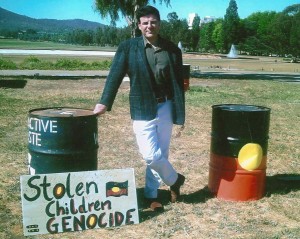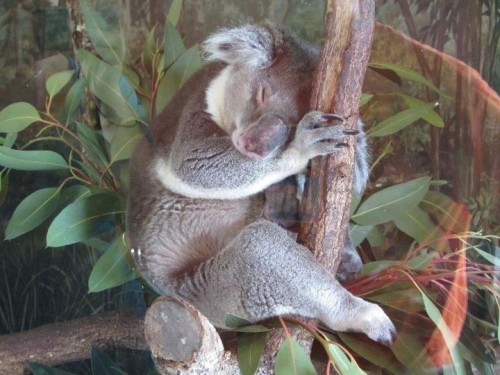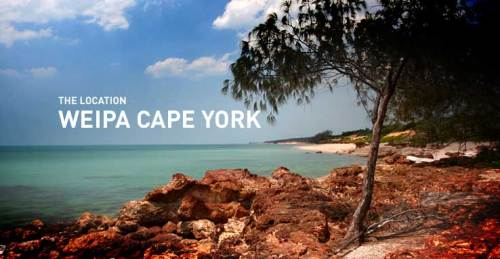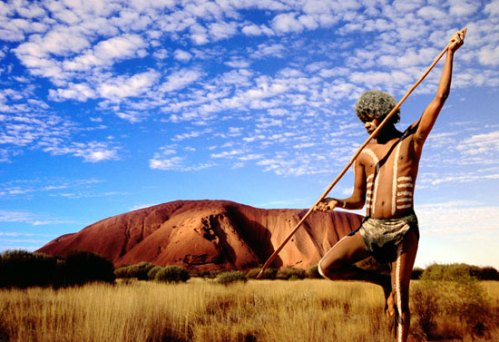In a post published by a fellow Aborigine Equality Advocate blogger, Mark ‘Bakchos’ Mullins explains not only what’s wrong with Australian media as it pertains to social issues concerning natives, but the problem with mainstream media in all countries. Obviously, with his background he is much more informed on these subjects than I, but as a student of media, I felt informed and educated after reading his post.
He says, “While my current focus is on Indigenous Australians, the wider community needs to remember that what happens to one section of the community can happen more broadly.” -Mark Mullins
Even though my blog is a class project and exists on a rather small scale, I believe this ability to publish my thoughts and opinions and learn through those of others is a tremendous privilege and I never for a moment take it for granted. When enough of us feel this way, we are able to fight for this ability to make it not only a privilege, but a right shared by all in order to contribute to the free market place of ideas and better our communities, our nations and the world as a whole.
People like Mr. Mullins who use their background and beliefs to inform the public through their blog are a huge player in creating change where it is needed most. As he pursues his PhD focused on “Corruption and Racism in the Australian Federal Police and the death of Australia’s democracy,” his work will most definitely attract the attention of concerned allies to the aborigines. If a lowly student like myself can stumble upon his work so easily, imagine the good that can come from his collection of ideas once in the hands of powerful people who share the same perspective.
The most shocking story I’ve come across while writing this blog is what Mr. Mullins witnessed while dining in an Australian cafe in 2005. Below is an account of the events that took place at that time.
“In late November or early December 2005 I was walking past the Waldorf Cafe in Civic at around lunch. When passing the cafe I heard a verbal exchange and the following words were said “… you’re nothing but a fucking boong cunt … Further I heard the same voice say “… you’re a whore who fucks boongs …” – Mr. Darren Bloomfield, who witnessed the incident and attempted to report it to the Australian Federal Police.
“Mr. Bloomfield, the Anglican minister and the third witness accompanied me and the lady concerned to the nearest Australian Federal Police station to report the incident. The officer on duty would not take our complaint.
Even though the lady concerned had her glasses broken, her dress ripped and her right eye blackened by her assailant in an unprovoked racially motivated attack, we as Aborigines were denied our rights, because our assailant was white and a so called ‘identity’. The Commonwealth Ombudsman looked for every excuse not to investigate and to this date has failed to take any action. AFP internal affairs excoriated themselves even though they took no statements and made no approaches for statements to the victims or the witnesses.
Subsequent to this assault my house was broken into and my dog and cat were killed which was followed by a message indicating that it was in retaliation for making a complaint to the AFP regarding the assault. A contemporaneous grievance was raised about these issues by the bank executive who was one of the victims of the Waldorf Cafe assault, with a then member of the ACT Legislative Assembly. Although sympathetic, no action was taken.
This encounter and the stonewalling we as victims were meet with from Australian, ACT and AFP officialdom spurred me to investigate the full extent of entrenched and systemic racism within Australia’s police services and government departments. I was particularly interested in identifying incidents where serving police officers had refused to investigate crimes committed by ‘white’ Australians against ATSI Australians.” -Mark Mullins
So, you see, this issue affects not only the integrity of the Aborigine people, but also their safety and that of anyone who chooses to be on their side. I only hope that the work of Mr. Mullins can bring some justice to those who are seeking it.







